Small parts with high quantity High product ivity Self-lubricating Low cost Raw materials can be recycled
"CNC" is computer numerical control technology, referred to as CNC. CNC processing method belongs to a kind of carving molding, precision parts processing is a widely used in automotive, communications, medical, clocks and watches, cell phones, computers and other industries accessories. Different from ordinary parts, precision parts are more precise, more suitable for some industries with high requirements for precision, machining of mechanical parts is generally the sum of the machining process of parts and the assembly process of machines, other processes are called auxiliary processes, such as transportation, storage, power supply, equipment maintenance, etc.. Traditional machining is done by manual operation of common machine tools. During the machining process, the machine is cranked by hand to cut the metal and calipers and other tools are used to measure the accuracy of the product. Modern industry has used computer numerical control (CNC) machines for operation, and CNC machines can be operated according to technicians. The programmed procedures directly and automatically handle any product and part.
It is a method of using digital information to control the movement and processing of machine tools, the use of CNC technology to control the processing of machine tools, or machine tools equipped with CNC systems called numerical control (CNC) machine tools. Among them, the CNC machine tool system includes: CNC machine tool unit, programmable controller, spindle drive and feed device. CNC machine tools are machine, electricity, liquid, pneumatic, light and other highly integrated products. In order to control the machine tool, you need to use geometric information to describe the relative motion between the tool and the workpiece CNC machining, with process information to describe the machine tool processing must be mastered in some process parameters, such as feed rate, spindle speed, spindle forward and reverse, tool change, coolant switch, and other information in the form of a certain format of processing files (i.e. CNC machining program) stored in the information carrier (such as disk, hot stamping tape, magnetic tape etc.), which is then read by the CNC. Machine tools, or directly through the CNC system keyboard input, or by way of communication input, through decoding, so that the machine moves and processing parts. Modern CNC machine tools are typical electromechanical products, the technical basis for a new generation of production technology and computer-integrated manufacturing. Either through the keyboard input of the CNC system directly, or by means of communication input, through decoding, so that the machine tool moves and processes the parts. Modern CNC machine tools are typical electromechanical products, is a new generation of production technology and the technical basis for computer-integrated manufacturing. Either by direct input through the keyboard of the CNC system or by means of communication input, through decoding, so that the machine tool moves to process the parts. Modern CNC machine tools are typical electromechanical products, is a new generation of production technology and the technical basis for computer-integrated manufacturing.
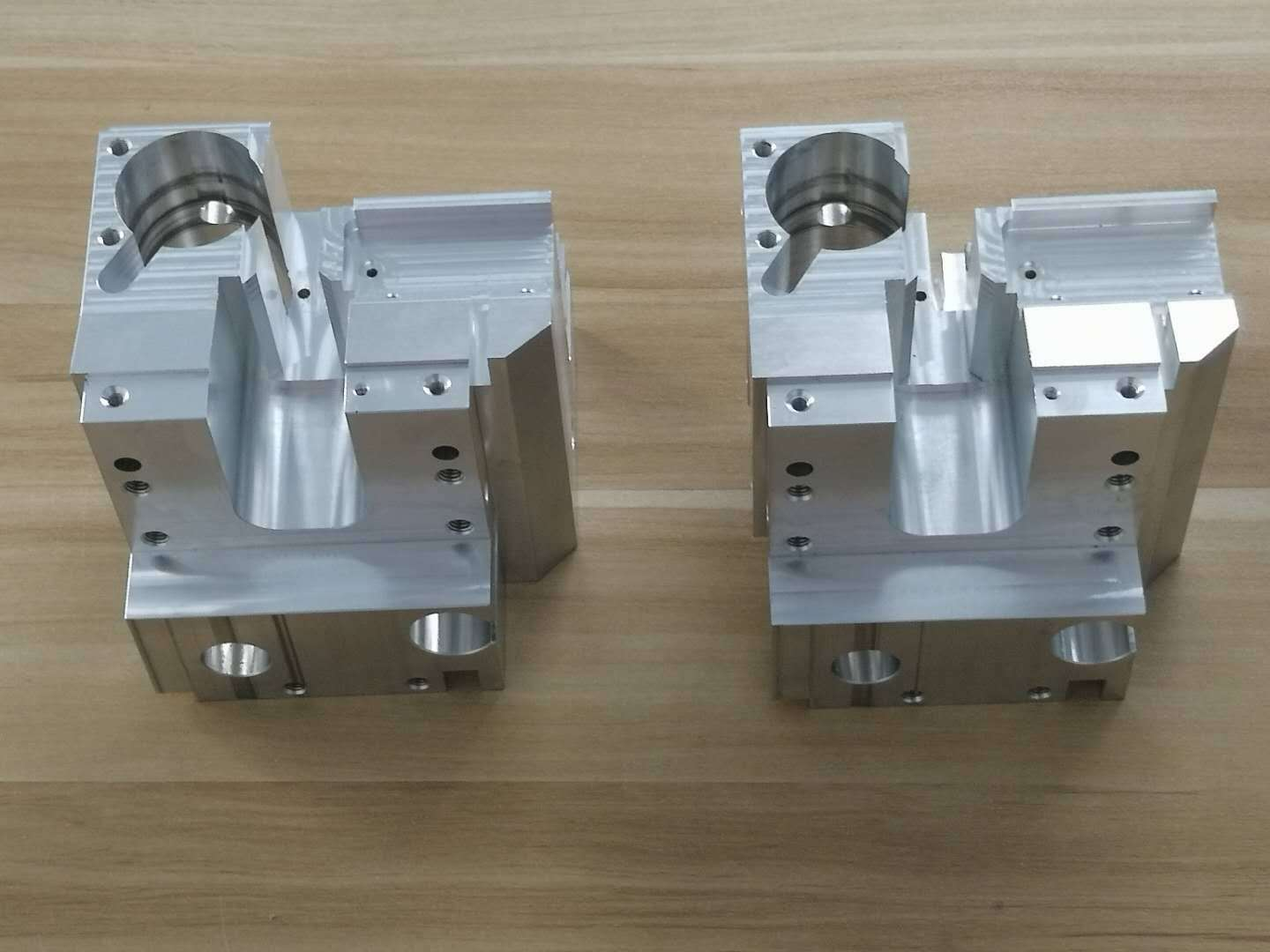
Turning
Let the workpiece to be processed rotate, and then let the straight-line moving tool close to them to carve the surface of the workpiece.
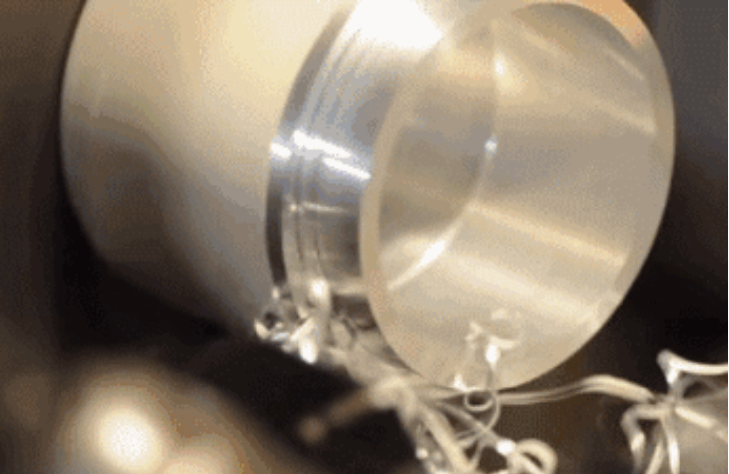
The workpiece is fixed on the machine tool by the chuck. Next, the workpiece rotates at high speed driven by the motor. The speed can be controlled manually according to our processing requirements. Then, you can start to control the tool to carve on the workpiece surface. Common turning tools are often made of high-speed steel or cemented carbide. In recent years, ceramic tools and artificial diamond tools are also widely used on the market. Turning tools with different shapes can meet various processing requirements.
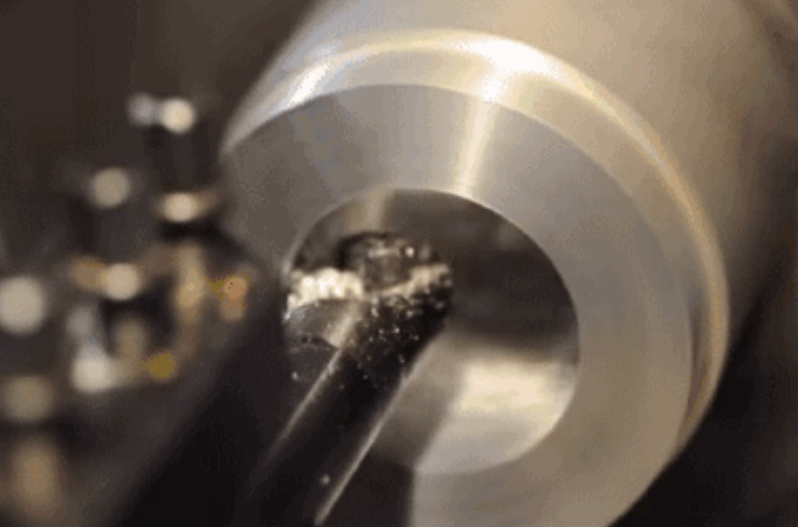
Milling
There are two relative motion modes in the traditional milling process. One is that the workpiece to be processed is fixed and completely depends on the milling cutter to sit up and rotate and translate itself; The other is that the milling cutter simply rotates, and the workpiece can move forward and backward, left and right, up and down.
The milling cutter is a multi-edge tool. In the milling process of each revolution, each cutting edge of the milling cutter only participates in one cutting, and rest of the time is conducive to heat dissipation. In this way, the cutting efficiency of the milling cutter is also higher than that of the single-edge turning tool. Milling cutters with different shapes can complete the processing of various planes, step surfaces, grooves and cavities. The milling amount during milling is composed of four factors: cutting speed, feed rate, back cut (milling depth) and side cut (milling width).
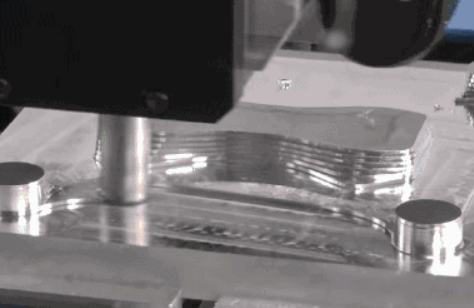
Planing
The working principle of planing is simple round-trip movement. Compared with turning and milling, the production efficiency is extremely low. The structure of equipment and tools is simple and easy to use. It is used to rough the surface of the workpiece.
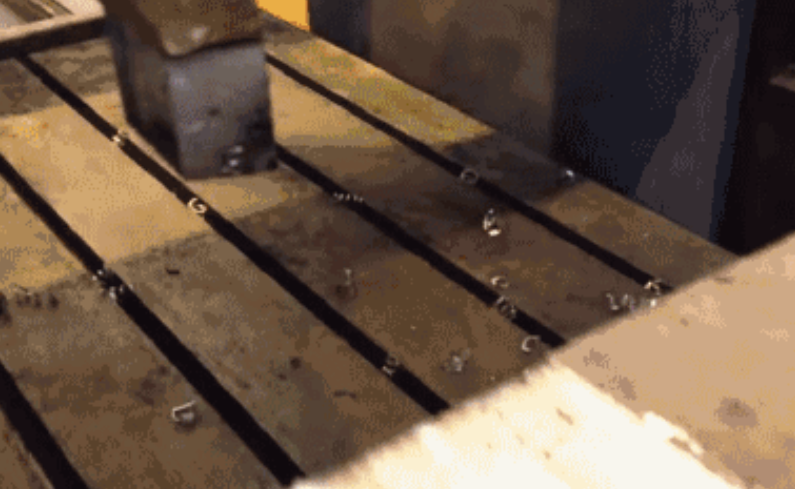
Grinding
Grinding is to use abrasive tools such as grinding wheel and abrasive belt to cut the surface of the workpiece. In today's machining, the grinding head can be very mature integrated into the machining center of the CNC milling machine.
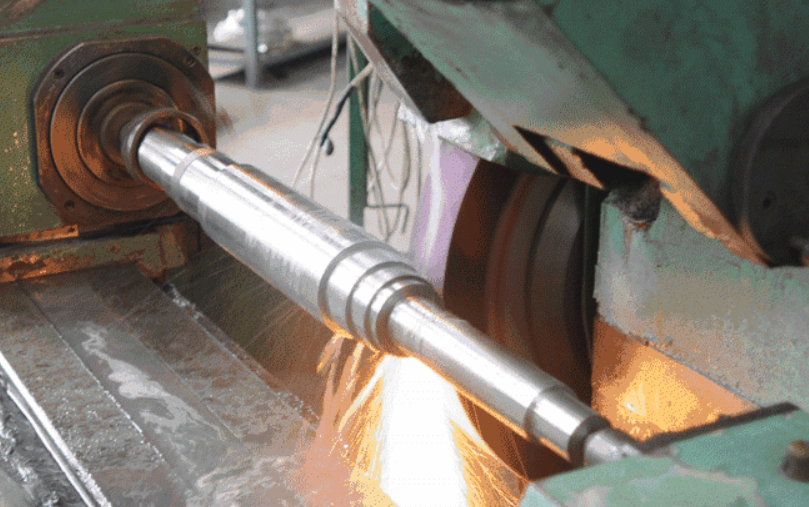
CNC machining is evolved from traditional manual machine processing, and is a new type of CNC machine tool processing based on ordinary machine tools and computer digital control technology, computer-aided 3D design and development.
With the continuous development of science and technology, the demand for precision parts in modern industrial products is increasing, and the complexity and accuracy of parts are becoming higher and higher. Therefore, automatic CNC machining has become the trend of industry development.
Processing technology
In traditional hand-motor machining, the selection of positioning, clamping, cutting tools, cutting and other aspects can be handled simply. However, CNC machining is relatively complex, and these factors need to be considered in the numerical control program. Even for the same machining task, CNC machining also has multiple schemes, which can process multiple machining parts at the same time, and the machining accuracy can be as high as ±0.01mm, which is impossible for ordinary machining.
Clamping process
In general machining, because the processing capacity of the machine tool itself is limited, it needs to be clamped several times during processing. In addition, the need to use special fixtures leads to high fixture costs, which virtually increases the production costs. The CNC machining positioning fixture is debugged by instruments. In most cases, no special fixture is required, so the cost is low.
The CNC process should consider the processability of the processed parts, determine the clamping and positioning of the processed parts, select the tools, and formulate the process route, cutting method and process parameters, which can be simplified in the conventional process.
The CNC process has a high degree of automation, and the preparation should be in strict order. The whole process of CNC needs to be considered carefully and in good order.
CNC design is mainly used to guide CNC NC programming. The programmer is responsible for the NC machining process of the whole set of molds, which improves the working efficiency.
CNC process has good inheritance. The templates used in production can be saved and used in the future processing of similar parts, which can save time and ensure quality.
Tolerance requirements
Undeclared shape tolerance shall meet the requirements of GB1184-80.
The allowable deviation of unmarked length is ±0.5mm.
The casting tolerance zone is symmetrical to the basic dimension configuration of the blank casting.
Requirements for machined parts
The parts shall be inspected and accepted according to the process, and can be transferred to the next process only after the previous process is qualified.
The machined parts are not allowed to have burrs.
The finished parts shall not be placed directly on the ground, and necessary support and protection measures shall be taken. The machined surface shall be free of rust and other defects such as bumps and scratches that affect performance, service life or appearance.
There shall be no peeling on the surface after rolling.
There shall be no oxide skin on the surface of parts after heat treatment in the final process. The finish machined mating surface and tooth surface shall not be annealed
The machined thread surface shall be free of defects such as black skin, bump, disorderly buckle and burr.
A good CNC machining process planning also needs to consider several aspects: whether it can meet the technical requirements of parts, whether it can improve the efficiency of CNC machining, low machining costs, and good quality control. Complete CNC process planning, including the following contents:
Selection of CNC machine tools
Processing method selection
Determine the clamping method of parts and select the fixture
Positioning method
Inspection requirement level inspection method
Select the tool
Error control and tolerance control in processing
Define CNC process
CNC numerical control sequence
The development trend of modern CNC machine tools is high speed, high precision, high reliability, multi-function, complex, intelligent and open structure. The main development trend is to develop intelligent all-function universal numerical control device with open software and hardware structure. CNC technology is the foundation of machining automation and the core technology of CNC machine tools. Its level is related to the country's strategic position and reflects the level of the country's comprehensive strength. It is developed with the development of information technology, microelectronics technology, automation technology and detection technology.
CNC machining center is a kind of CNC machine tool with tool library, which can automatically change tools and carry out various machining operations on the workpiece within a certain range.
Because the machining center can complete a variety of processes in a centralized and automatic manner, avoiding human operation errors, greatly reducing the time for workpiece clamping, measuring and machine tool adjustment, CNC machining, and the time for workpiece turnover, handling and storage. The machining efficiency and precision are greatly improved. economic performance.
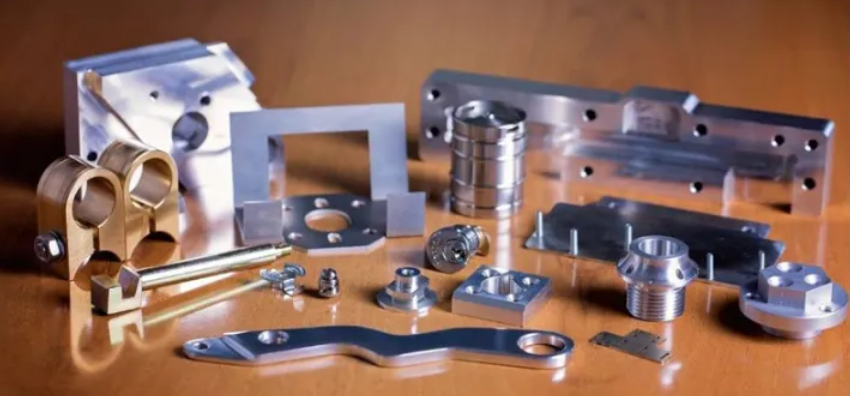
Contact: Alexander Sun
Phone: +86 19916725893
Tel: 0512-55128901
Email: [email protected]
Add: No.6 Huxiang Road, Kunshan development Zone, JiangsuShanghai Branch: No. 398 Guiyang Rd, Yangpu District, Shanghai, China